Future of AI in Sports: How tech will transform leagues, teams
Artificial intelligence (AI) is already playing an increasingly significant role in the sports world, shaping how leagues, teams, and players operate within their respective realms. However, in such a rapidly evolving field, the focus is always on the future. What's next? Here's how major sports and leagues could utilize AI to transform in the years to come.
Jump to: NBA | MLB | NFL | NHL | SOCCER
Powering next generation of NBA stats 🏀
Long ahead of the curve when it comes to technology in sports, the NBA's next chapter in AI will help inform fans better than ever before. There are surely AI-related developments in the works at the front office, player performance, and medical level, but the scope of statistical intel that fans and media are about to have access to is fascinating.
Just last week, the NBA and Amazon Web Services announced a new multi-year partnership aimed at elevating the fan and broadcast experience through advanced analytics. Included in the collaboration is the launch of "NBA Inside the Game powered by AWS," a platform with access to statistics compiled from billions of data points. Although the NBA has long used player tracking data to provide a wealth of information, the inclusion of Amazon Web Services' AI technology will accelerate that process by translating complex analytics into immediate insights.
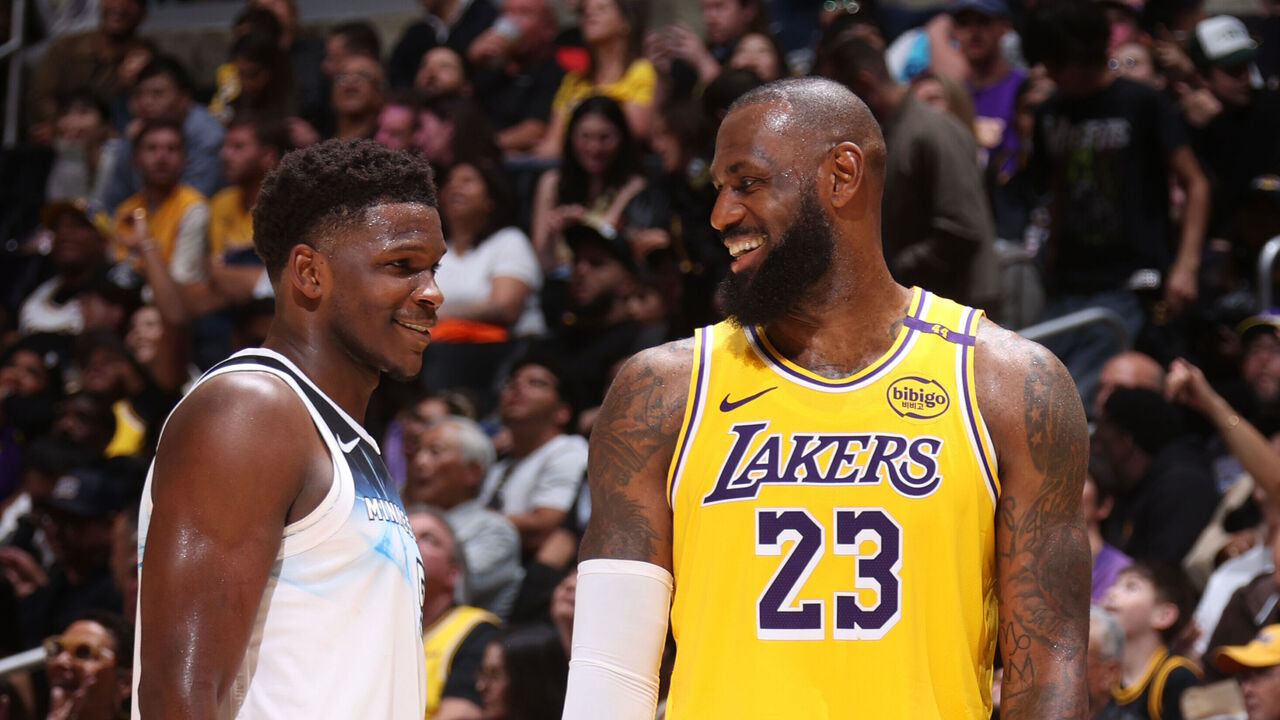
That information will be shared on broadcasts and readily available through the league's website and app.
For the basketball nerds among us, perhaps the most exciting development will be how this data can help us better understand defensive contributions, which have long been considered unquantifiable, even by advanced metrics. The new tools will be able to evaluate how players and teams pressure the ball, perform double-teams, and execute defensive switches. There will also be new offensive metrics to measure shot difficulty and the gravity players generate on and off the ball.
If this is the kind of AI-powered information that'll be available to fans, just imagine what NBA executives must have at their fingertips. - Joseph Casciaro
MLB goes full automated strike zone ⚾️
MLB is already heavily involved in AI, whether it be in-game strategy, projection systems, or with pitching biomechanics. But we'll get a taste of arguably the most influential change next season when the league implements the Automated Ball-Strike challenge system.
The ABS system (robot umpires) utilizes TrackMan technology, which measures the movement of the baseball using cameras and radar. The strike zone is adjusted based on the batter's size to perfect accuracy.
MLB has tested the ABS system in the minor leagues in recent years and is introducing a modified version to the majors.
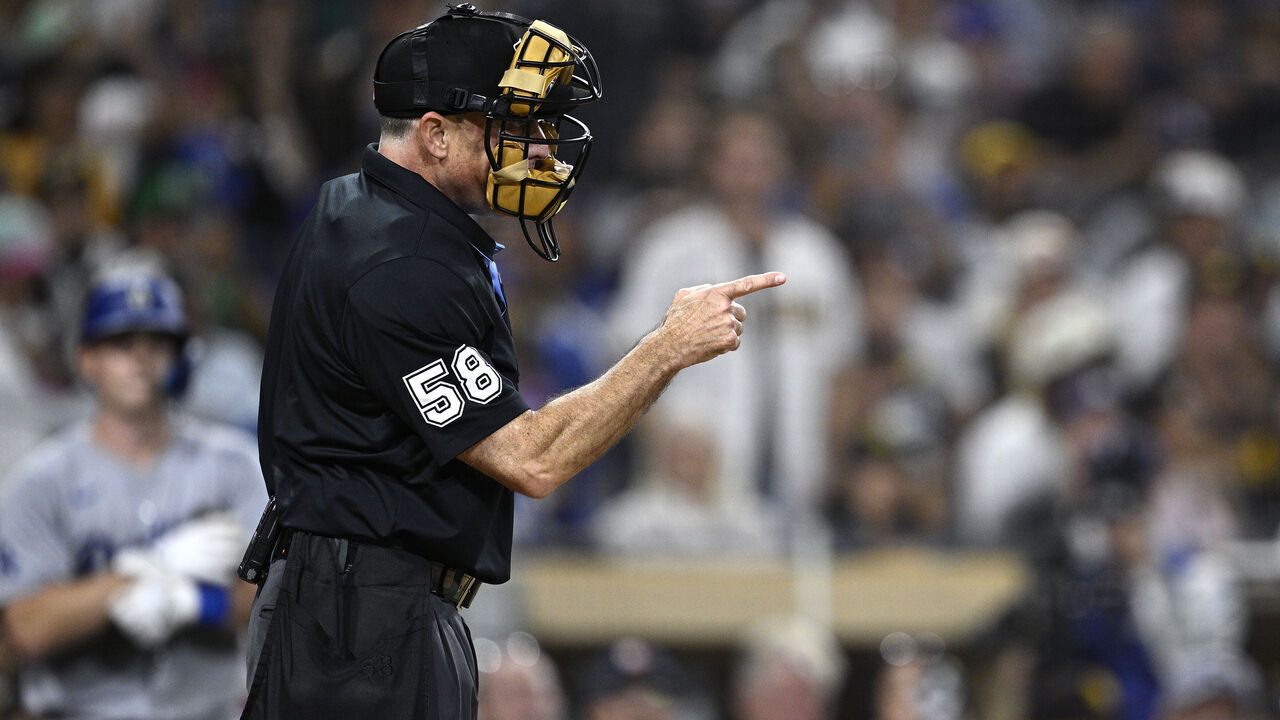
Umpires will still call balls and strikes in 2026, but the ABS system will be running in the background. If a pitcher, catcher, or batter disagrees with an umpire's call, they can challenge it - two per team per game, which they keep if correct. The umpire is informed of the decision through an earpiece, while the TrackMan decision is displayed on the main video board for fans to see.
It'll be interesting to see how players receive the challenge system and if it eventually leads to a fully automated strike zone, where umpires behind the plate are no longer making their own calls at all. - Brandon Wile
How far can NFL take VR? 🏈
You've probably heard about Jayden Daniels' innovative training methods by now. The Washington Commanders star has been using a virtual reality system, designed by German company Cognilize, dating back to his final season at LSU. Essentially, the quarterback version of a flight simulator, this unique technology replicates everything he'd see on the field with incredible levels of realism. And when he runs his simulations at higher speeds, the real thing doesn't seem nearly as fast on Sundays.
Considering Daniels' success at the professional level - immediately becoming one of the NFL's most promising young players - it may only be a matter of time before this kind of technology becomes the standard for quarterback development league-wide. But why stop at one position?
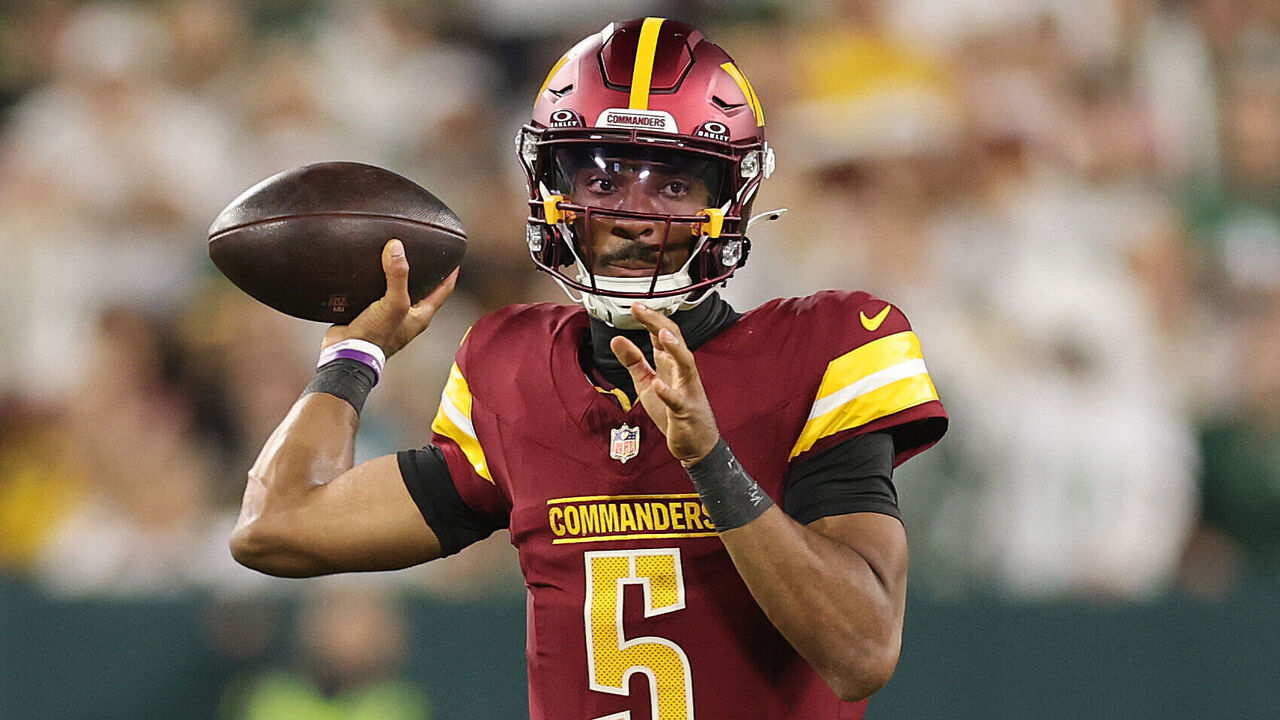
Ask any veteran coach about new-age limitations on offseason work and practice schedules, and you'll hear the same gripes: Players don't get the same amount of live reps they once did. It makes sense from a safety perspective, but it's easy to see how the changes can ramp up the difficulty when it comes to developing young talent. Enter the technological revolution.
What if every offensive lineman could supplement their practice reps with a team-customized VR system that allowed them to master the ins and outs of their blocking scheme away from the field? A defensive back can pick up an opponent's route combinations and tendencies from a bird's-eye view in film study, but a program that allows them to see pre-scouted concepts take shape from their vantage point on the field could drive their recognition skills to new heights. The possibilities are endless.
Teams that are serious about winning should take note of Daniels' success and find ways to push things a step further, leveraging AI as a development tool for everyone on the roster. - Dan Wilkins
Helping players level up hockey IQ 🏒
Sense Arena, a sports technology company specializing in virtual reality products, is using AI to create customized game-like scenarios for hockey players of all ages to interact with. The goal is to improve players' hockey IQ.
For instance, a teenage defenseman with dreams of making it to the NHL can toss on the VR headset and practice defensive-zone puck retrievals - one of the most difficult yet valuable skills - in the comfort of his own home. On the ice, every single retrieval is slightly different because there are so many variables to account for. What's the speed of the first forechecker? Is the puck on the boards or in open ice? Is it flat or wobbling? Is a teammate ready for a breakout pass? Is he left-handed or right-handed? And so on.
Sense Arena tries to replicate the unpredictability through VR drills.
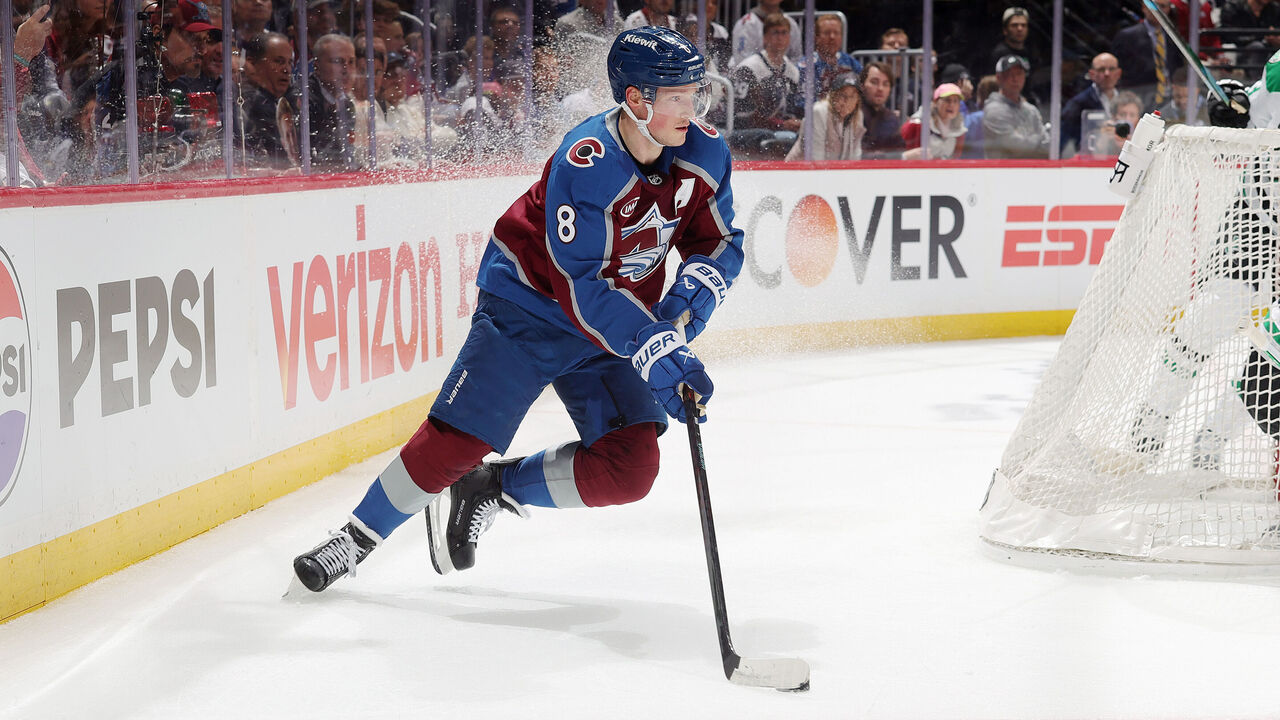
"You can make a lot of money just by making a breakout pass," Sense hockey development director and former NHL defenseman Andrew Alberts said. "If you can figure out the tricks to retrievals by going through different scenarios over and over and over, you'll improve your hockey IQ and start seeing results on the ice. And that's the beauty of our platform - there's an AI integration. So, you're never going to have the same situation. It's always a different look, a different stick position, a different opposing player."
Sense Arena broke into hockey in 2018 with VR training for goalies and counts NHLers Joey Daccord, Devon Levi, and Joel Hofer as spokespeople.
The company's latest release is a mixed reality training and gaming feature called DanglePro. A forward or defenseman can use their own stick and puck to physically move around virtual objects to sharpen stickhandling skills and also earn points to move up and down leaderboards. The company wants to develop smart-glass programming around Meta and Google products. In the future, skaters could be shooting on virtual goalies on the ice and accessing stats and holograms off the ice. - John Matisz
Revolutionizing soccer scouting ⚽️
Soccer has been notoriously slow to adopt and accept technology and analytics in comparison to the other sports already mentioned. Even relatively simple concepts involving advanced data, such as expected goals, faced plenty of pushback from traditionalists who argued that the "Beautiful Game" is too fluid and organic to be governed by anything other than the humans on the field.
But artificial intelligence is already making an imprint on the sport in several ways, from officiating to training. The most glaring area where soccer could utilize AI, however, is scouting and talent acquisition.
In the world's most global game, it's logistically impossible for human scouts to be everywhere and see every promising young prospect. For an already stratified sport, where the sizable gap between the wealthy elite and everyone else is growing all the time, AI presents an opportunity for clubs with more modest budgets and personnel to beat perennial heavyweights for talented young players. It could be especially valuable in uncovering prospects in underrepresented areas of the world who might otherwise go undiscovered.
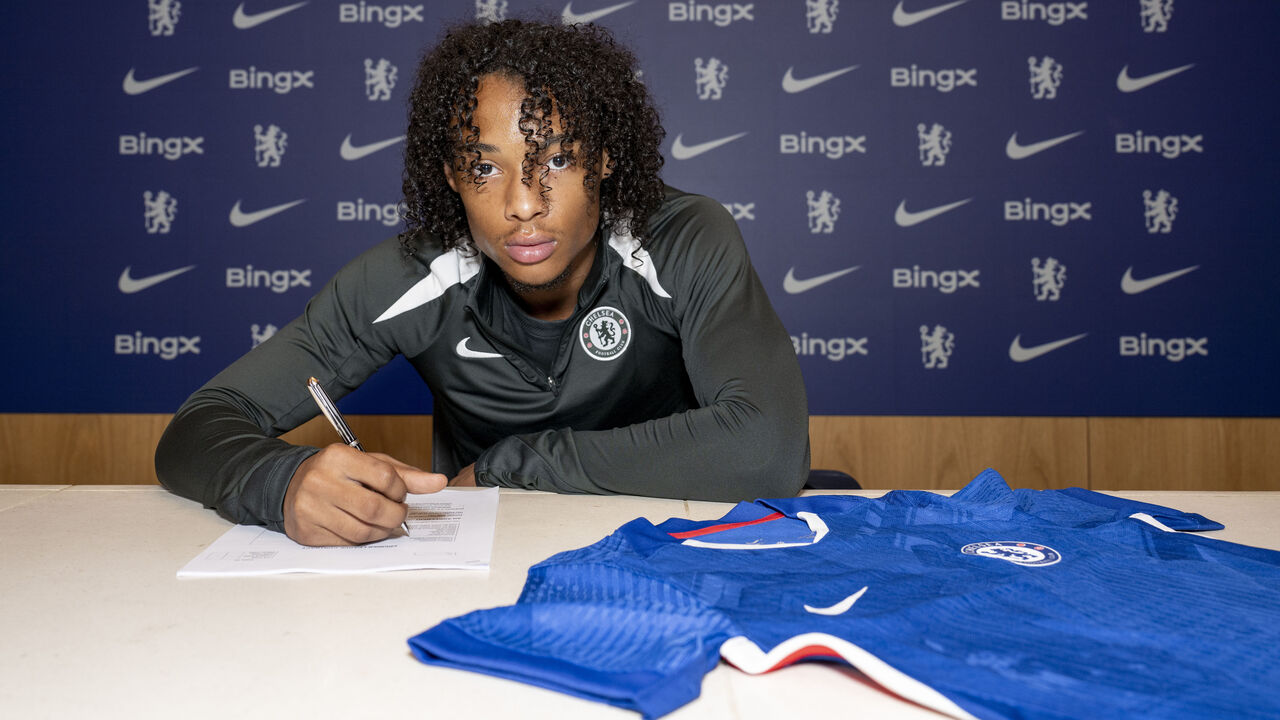
Can't go see the next great midfielder in person? AI can help. Which teenage left-back is better suited to fit your coach's tactical demands? How will someone's specific skill set translate in a new league? Virtual reality can transform statistics and spreadsheets into tangible and highly valuable insights.
Of course, the same principles apply to the wealthiest teams, and that has the potential to upend club soccer's longstanding ecosystem. Many smaller sides rely on their ability to unearth prospects and flip them for enormous transfer fees as a means of financial survival. What happens if the bigger fish use AI to cut out the middleman? The potential gains, both on the pitch and the balance sheet, are huge. - Gianluca Nesci